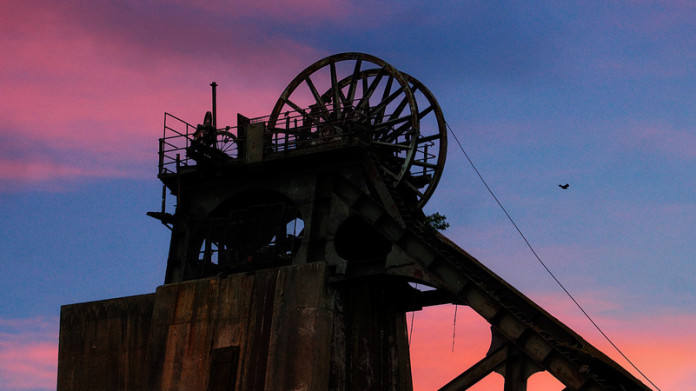
SIBANYE-Stillwater hoisted the remaining 300 employees to surface at its Thembelani shaft at its Rustenburg-based platinum operations following an incident on April 30 in which rails slipped free of a conveyance and fell down the shaft.
No injuries were reported following the incident which occurred at about 1pm South African time today. A total of 1,800 employees were working underground at the time.
“The shaft inspection confirmed that it was safe to hoist employees from the fourteenth level of the Thembelani shaft,” said Sibanye-Stillwater in an announcement. “More than 1,500 employees have been safely brought to surface, with the remaining employees being gradually hoisted to surface,” it said.
It later advised that all employees had been returned to surface, a development mines minister, Gwede Mantashe, commended. He said there was no place for complacency, however. “Despite strides made on health and safety thus far, we should not be complacent. We are committed to the goal of zero harm at work. Every worker must return home safe,” he said in a statement.
The Department of Minerals Resources would begin “… with a comprehensive investigation into the matter,” he added.
The incident comes almost a year to the day that seismic activity at its gold mines west of Johannesburg in which the lives of seven miners had been lost. By the middle of 2018, the company had reported 21 fatalities – a statistic that CEO Neal Froneman described as among the most traumatic of its 30 years in mining.
Sibanye-Stillwater didn’t comment on the economic impact of any production interruptions, but extended downtime would be especially unwelcome given the five-month strike at its gold mines which sent the group towards a pre-emptive R3.45bn deleveraging of its balance sheet by means of a share placement and metal forward sales agreement.
At some 104,000 ounces for the quarter, gold production was 90% of anticipated production levels, but only 36% the level of production of the first quarter in the previous financial year. “Unit operating and all-in sustaining costs will be negatively impacted by the reduced production levels,” Sibanye-Stillwater said.
Sibanye-Stillwater also said earlier this year that its Stillwater in the US got off to a slower than anticipated start to the financial year which compounded its financial challenges. Stillwater’s production guidance was unchanged, however.









